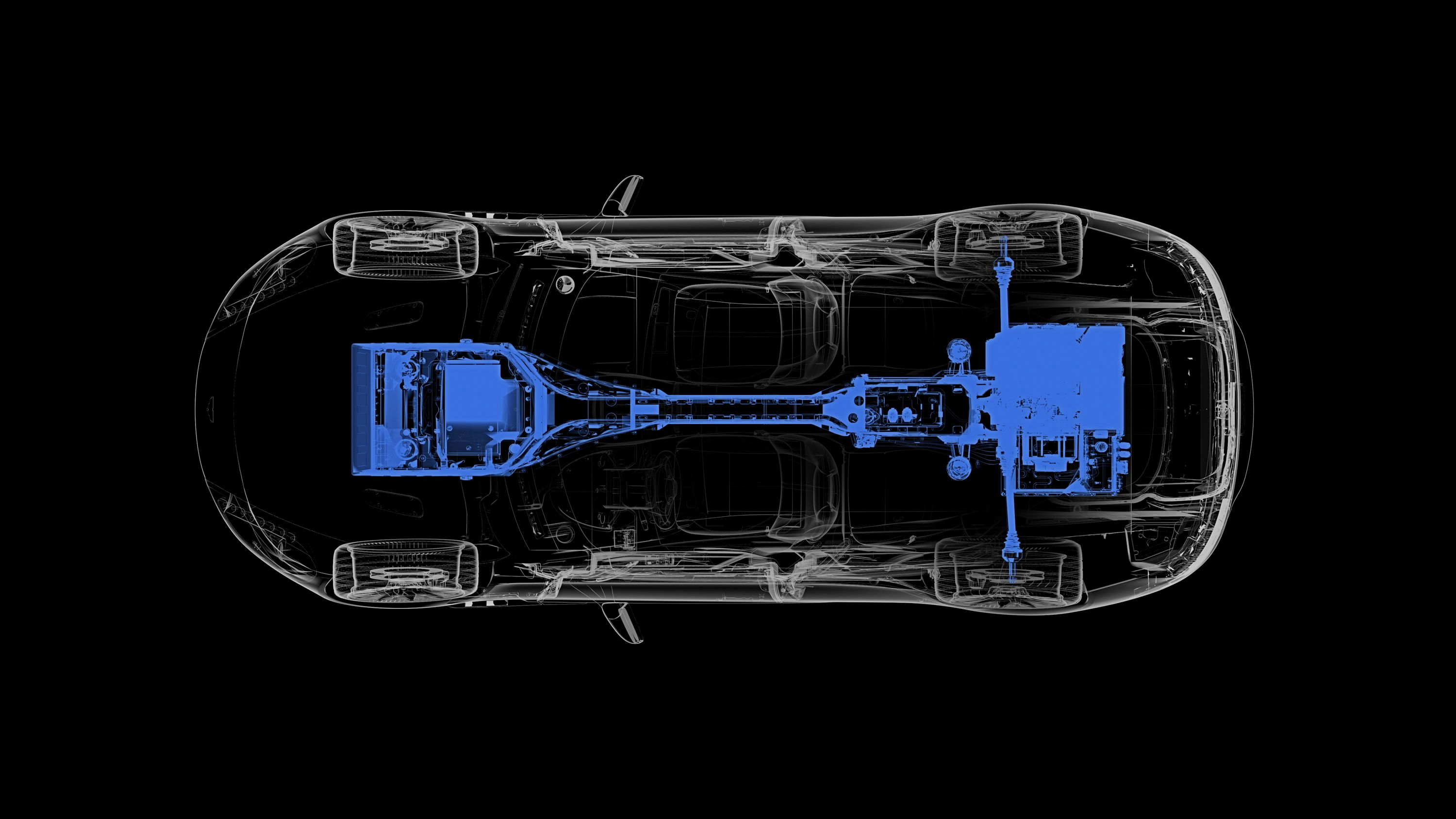Aston-Martin’s new V-6 hybrid engine is in the works. The British company, which has seen a rapid increase in profit in the past few years, is on the verge of a launching spree, planning to launch as many as four cars in the next five years. Among these will be the new Project 003, a mid-engine supercar with a V-6 heart that will act as the stepping stone for the company’s 488-beating model that will follow later.
With the Valkyrie and the DBX just around the corner, Aston-Martin is already working on their next car known as Project 003. Just by numerology, you’d have to think it will have some links with the Valkyrie – codenamed Project 001 – and the Valkyrie AMR Pro – known internally as Project 002. Indeed, the new hypercar will share the mid-engine layout, but the powertrain will be very different.
What we know
Andy Palmer, Aston’s CEO and President, confessed that the new car will have a turbocharged V-6 that will benefit from some sort of energy recovery systems (KERS-style) that will make it a hybrid. The engine will be developed in-house by Aston-Martin and it’s not unlikely that it will be mated to a manual transmission. The Britons went the way of a V-6 to bypass strict engine displacement regulations in countries like China, a market that Aston-Martin really wants to build a customer base in.
That 488 competitor, which is under development with the codename AM9, is developed side-by-side with the Project 003. It’s unknown if Red Bull Racing, which worked closely with Aston-Martin on the two versions of the Valkyrie, will be involved in the building of the 003, but it’s not unlikely. After all, we knew from the start that the partnership won’t be limited to the development of the amazing Valkyrie with its Cosworth-sourced V-12.
The latter should come next year alongside the new RapidE, which will be followed by the DBX, most likely in late 2020. Both the RapidE, Aston-Martin’s first all-electric car, and the DBX will be built at the company’s new plant in Wales while the AM9 and Project 003, of which no more than 500 will be made, will be constructed in Gaydon.
What does this all mean? That Aston-Martin went from a company that stuck with the DB7 for a decade, to a company that comes with a new car every year-and-a-half and looks at a fully hybrid lineup by the mid-2020s. Full electrification will come later, Andy Palmer looking at the year 2030 as a fair moment in time for that to happen.
It also shows that you can still sell sports cars, supercars, and even hypercars if you go about your business in a cunning way. For example, Aston-Martin will come with the DBX at least two years before Ferrari will put the Purosangue into production which will, in turn, secure them a clear road to take over markets like China which are always interested in upmarket SUVs. Plus, we don’t really know yet what shape will the new, heftier, Ferrari take. Will it be a full-blown SUV? Camilleri doesn’t want to call it that. Will it be a cross-over? A sporty sedan? It’s not at all clear.
Finally, in all this story about Aston’s growth and future, let’s not forget that the company has gone into public ownership.
Further reading
Read our full speculative review on the 2020 Aston Martin Mid-Engined Supercar.
Read our full review on the 2018 Aston Martin Valkyrie.
Read our full review on the 2019 Aston Martin Valkyrie AMR Pro.
Read our full speculative review on the 2020 Aston Martin SUV.


